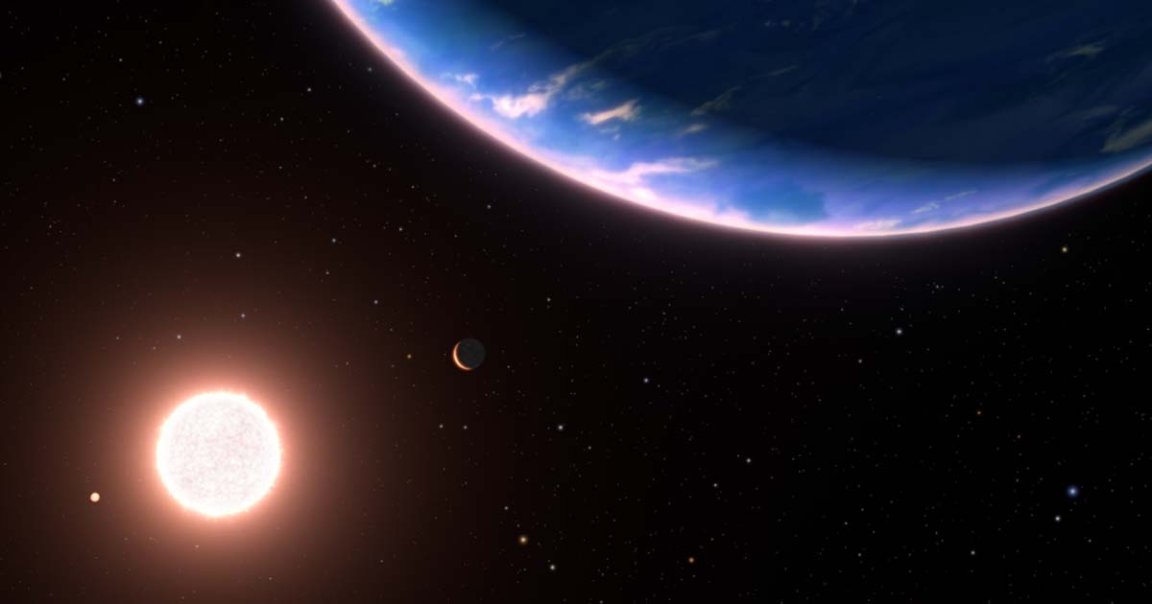
Full Steam Ahead
NASA’s James Webb Space Telescope (JWST) was used to spot a completely new kind of alien planet: a watery, far-off “steam world” comprised almost entirely of hot water vapor.
As detailed in a new study published in The Astrophysical Journal Letters, the planet dubbed GJ 9827 is twice the size of Earth and is located roughly 100 light years away.
This sort of hot, vaporous planet has long been theorized by scientists, as noted in a press release. But not until now has such a planet been confirmed by observational data, marking this an exciting discovery in the ongoing quest to find habitable planets outside of the solar system.
“Now we’re finally pushing down into what these mysterious worlds with sizes between Earth and Neptune, for which we don’t have an example in our own solar system, are actually made of,” said study co-author Ryan MacDonald, a NASA Sagan Fellow and University of Michigan astrophysicist, in a statement.
“This is a crucial proving step,” he added, “towards detecting atmospheres on habitable exoplanets in the years to come.”
Heavyweights
What makes GJ 9827 so significant isn’t just its strange, steam-like atmosphere, but the weight of the molecules it’s composed of.
According to the study, almost all exoplanets of such a size discovered by researchers have comprised lighter molecules, like hydrogen and helium. By observing GJ 9827, researchers were able to use a method called transmission spectroscopy to determine that its atmosphere’s molecules are heavier, much like Earth’s.
So while this steamy planet certainly wouldn’t be able to support life as we know it, it may aid us in our search for other habitable planets.
“GJ 9827 d is the first planet where we detect an atmosphere rich in heavy molecules like the terrestrial planets of the solar system,” said lead study author and University of Montréal astrophysicist Caroline Piaulet-Ghorayeb in a statement. “This is a huge step.”
The finding is the latest in what continues to be an endless stream of fascinating, game-changing observations made possible by the Webb telescope and its powerful infrared eye.
“This is the first time we’re ever seeing something like this,” said Eshan Raul, a doctoral candidate in astronomy at the University of Wisconsin-Madison and another coauthor of the study, in a statement. “We were searching specifically for water worlds because it was hypothesized that they could exist.”
And “if these are real,” Raul added, “it really makes you wonder what else could be out there.”
More on the JWST: James Webb Telescope Spots Bizarre Object That’s Spewing Out Jets of Gases